Tangram: Game Rules and Creative Puzzles
Tangram is an ancient and fascinating puzzle game that originated in China during the Song Dynasty. This centuries-old pastime has endured the test of time and continues to captivate players of all ages with its simple yet challenging gameplay. In Tangram, players are presented with a set of seven geometric shapes, known as "tans," and the goal is to arrange these pieces to form a specific shape or pattern. Here are the game rules and the basic principles of Tangram:
Game Rules:
The Tangram Set: A typical Tangram set consists of seven flat, distinct pieces, or "tans," which are typically made of wood. These pieces include two large right triangles, one medium-sized right triangle, two small right triangles, one square, and one parallelogram.
Objective: The primary objective in Tangram is to use all seven pieces to construct a particular shape or pattern. These shapes can range from animals, objects, and people to abstract designs.
Rules for Assembly: The seven Tangram pieces must be arranged without overlapping, and they must fit precisely within a square frame, which acts as the puzzle's boundary.
No Rotations or Mirroring: In traditional Tangram, flipping or rotating the pieces is not allowed. Each piece must remain in its original orientation as it is presented in the set.
Creativity and Experimentation: Tangram encourages players to think creatively and experiment with various arrangements to discover the correct solution. The challenge lies in finding the precise combination of pieces that forms the desired shape.
Variety of Puzzles: Tangram puzzles come in a wide array of difficulties, from simple designs suitable for beginners to intricate and complex patterns that can challenge even experienced players.
Solving Methods: Solving Tangram puzzles can be achieved through a trial-and-error approach, systematic analysis, or a combination of both. Players may need to disassemble their current arrangement multiple times to find the correct solution.
Learning and Education: Tangram puzzles are not only a source of entertainment but also serve as educational tools for spatial awareness, problem-solving, and geometric understanding. They are often used in teaching and as brain-teasing exercises.
Tangram is a game that offers endless opportunities for creativity and mental stimulation. It is a test of spatial intelligence and visual-spatial reasoning, making it a favorite choice for puzzle enthusiasts and educators. Whether you're exploring its historical roots or enjoying modern interpretations and variations, Tangram remains a captivating and enduring puzzle game that continues to challenge and entertain players around the world. So, pick up the pieces and embark on a journey of geometric discovery in the world of Tangram!
Instructions
using mouse
Show more »
All free games for you

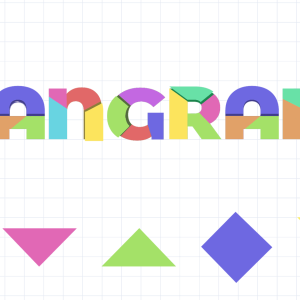

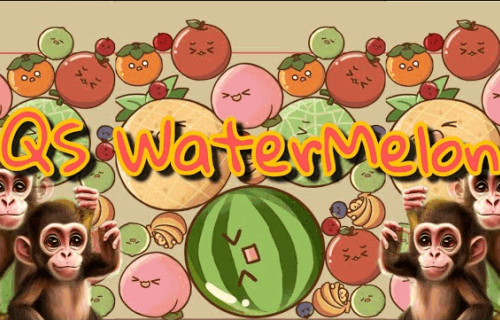










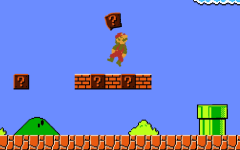




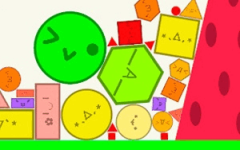















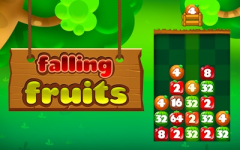









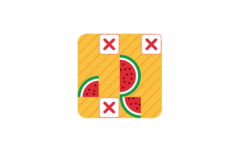


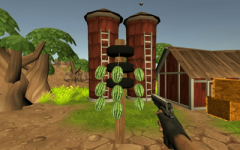




Discuss: Tangram